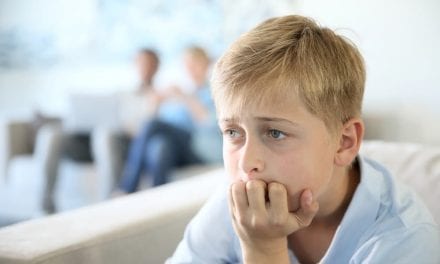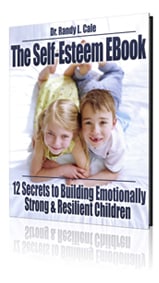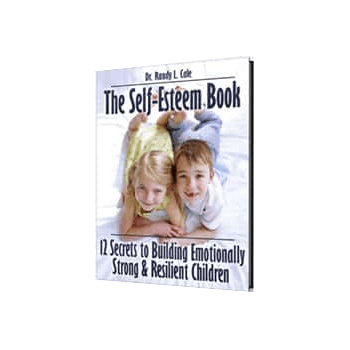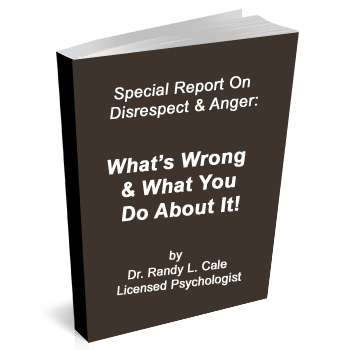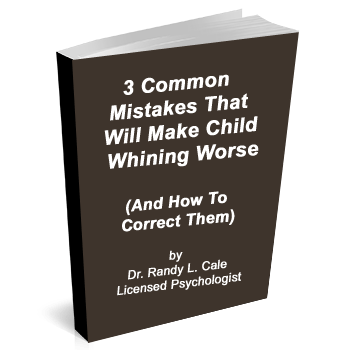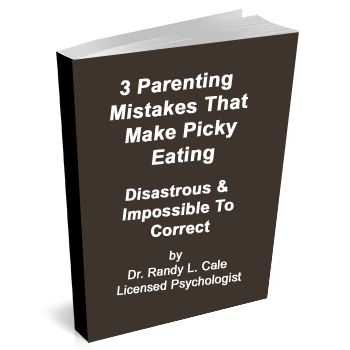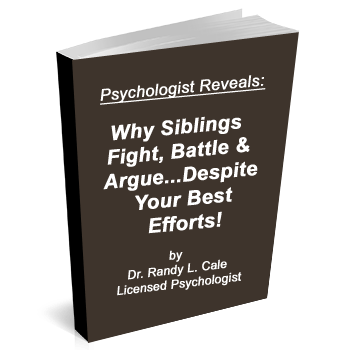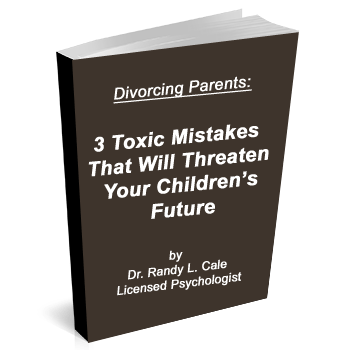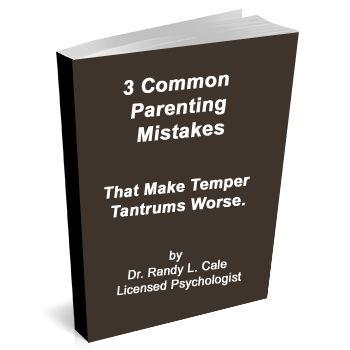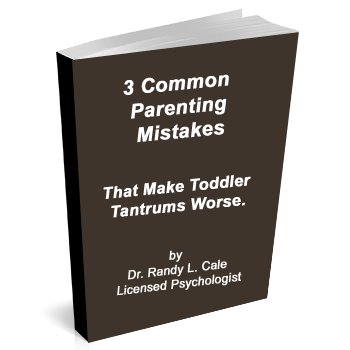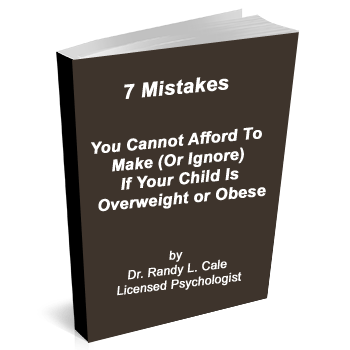Video Transcription:
While many dads might argue that the last half-centuries brought about huge changes in the role of fathers. Moms have experienced even greater challenges.
In the 1940s, the white majority of family households function with mom as caretaker and dad as breed winner. Ozzie and Harriet aren’t real anymore.
Recent statistics suggest that less than one-quarter of households now have one parent at home while the other parent works that leave three-fourths of families now functioning with both parents working. Yet many of us still carry an antiquated yet idealized version of the traditional family where dad is out working and mom is at home devoted to the children.
With this picture in our heads, there’s come a general assumption that this family structure is easier on mom. Being at home with the children is more stressful for many moms. No one conclusion fits every home. However, recent research reveals that our assumptions may be wrong about the ease of life for at-home moms.
When looking at households where women’s moved from being employed to
being full-time or part-time homemakers, the incidence of depression increased. A second study indicates that working moms feel less stressed than stay-at-home moms. When we combine these findings, we discover what many homemakers have asserted for years.
It’s stressful taking care of the kids and managing every detail at home. Taking on too many roles can be also overwhelming. Being a working mom, getting kids to the soccer field, cooking dinner, and volunteering at the local communities center may stretch the limits of anyone’s talents from multi-tasking and changing hats.
The goal is not to try to do it all yet this is where many moms find themselves. Taking on the new job and not surrendering any of the household demands. That’s too much! Finding balance and partnership is the solution.
The news is not all bad. There is a proven path that mom can maintain their sanity and still juggle multiple rules with comfort. However, it does require an understanding of the limits of what is possible and it also demands that mom and dad work together.
Let’s review some essentials to being a 21st-century mom.
Strive for True Partnership. A true partnership is a commitment by parents. Decisions are made concerning the full load of responsibilities that each is carrying. It involves mom and dad working together to balance household demands, getting kids to and from soccer practice, doctor’s appointments, and taking care of homework. Each respects the other’s job responsibilities and works to support the other.
No Major Decisions are Made Unilaterally. Family time is a priority. Many families have fallen prey to “hyper-parenting”. This is where kids are involved in six sports, four enhancements programs, and still stay up till 12:30 studying their exams. In a more balanced household, the focus is put on limiting activity and expectations are based upon parent values. Not necessarily those of general society, for example, playing a sport was okay but travel teams demanded too much out of family time.
In these families, participation in the family is viewed as an essential part of life, and decisions are made that ensure children spend time with their parents. This is a significant source of fulfillment for many parents.
Valuing Time Alone with Children and Each Other. Mom and Dad are happier when they spend time with their children and they also prioritize time alone with each other. Time and time again this remains a critical variable for parents. Too often when children become the sole focus of family, the relationship between parents declines. By the time they’re ready to realize the distance between them, divorce becomes inevitable, and regret each of their core. This is particularly important for moms because they may over-identify with the role of being a mother and ignore the important role of couple-hood in successful and happy family life.
Using Support of Extended Families, Friends, and Employers. Mothers who are willing to ask for help and support are often less stressed. This includes asking for help with family as well as with employers. The more flexible employers are for parents the better workers they become and this eases the stress at home. It’s a win-win for both!
Bottom-line Conclusion: The false image we have of the working mom needs to be erased. It’s not harmful to mom and it’s not harmful to children. It appears to be good for many mothers to have employees out of the home. This is not to say that we need to value one lifestyle choice over the other or to pick one lifestyle against the other. It’s simply that having both parents working is a reality for most American households. It also appears that there are benefits for parents and children when the multiple demands are handled with careful attention.
Footnote: The research behind this article can be found in the December 2005 edition of the American Psychologist: “Monitor on Psychology”.

